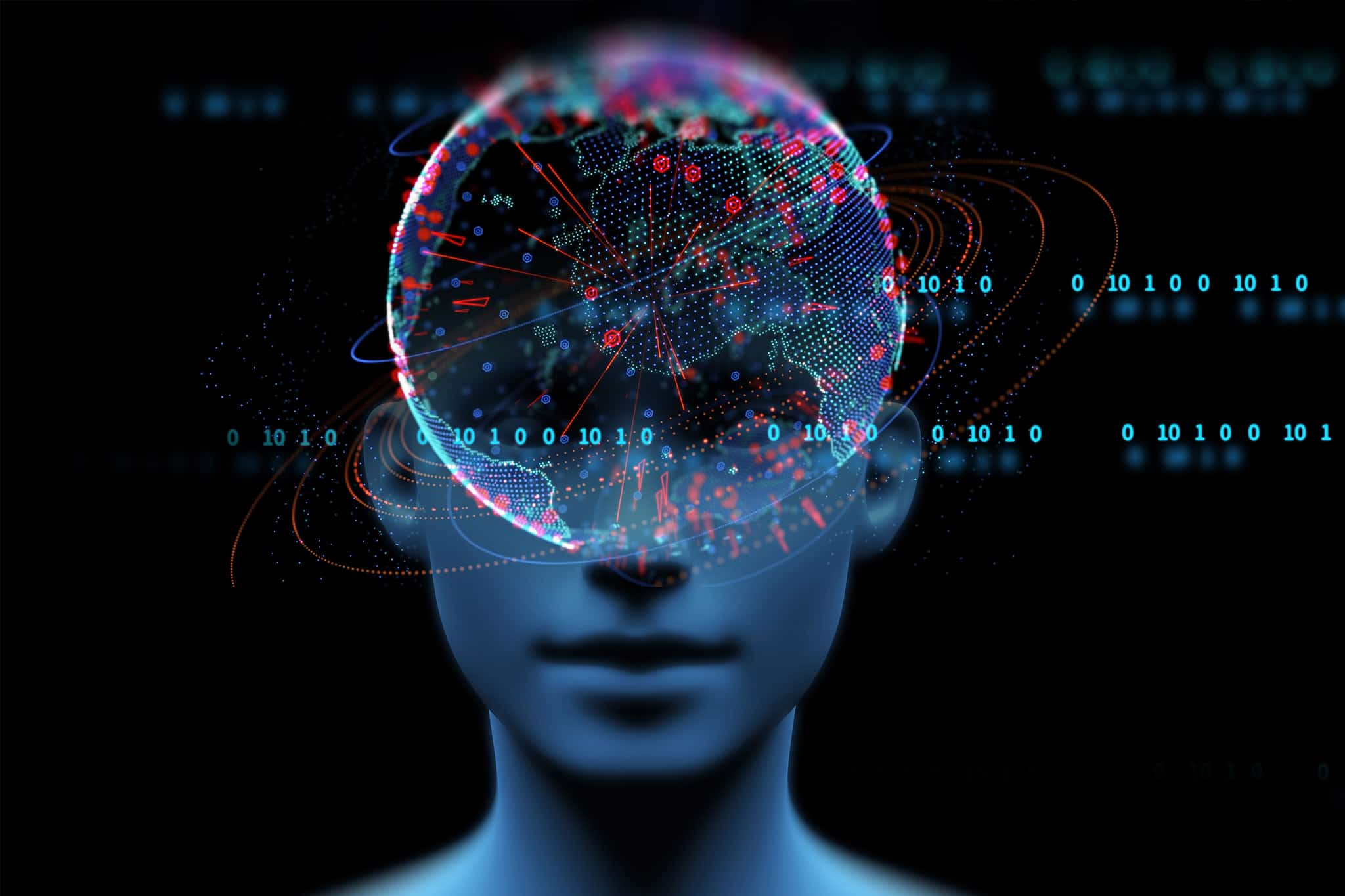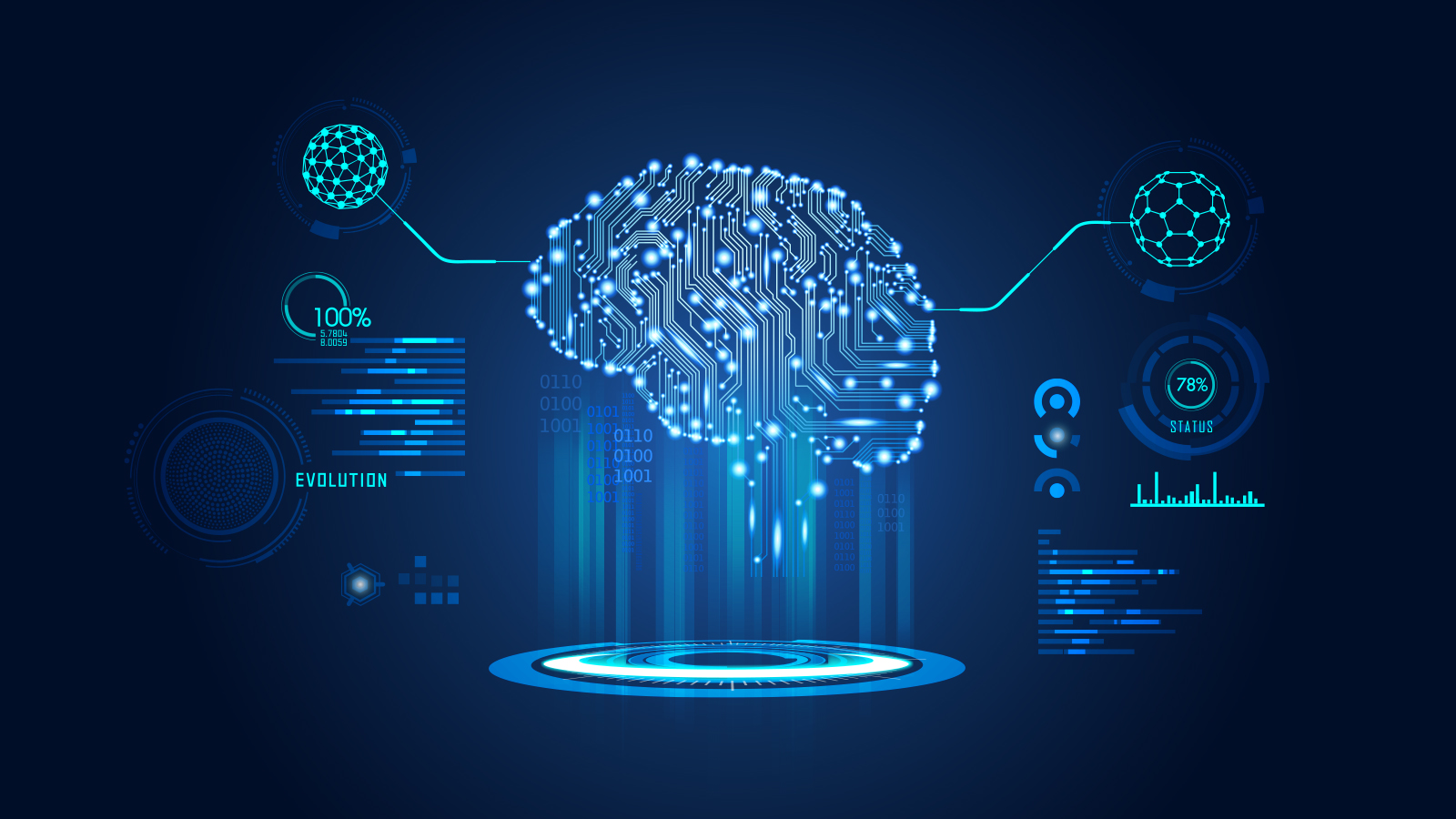
Social media platforms have become an unprecedented source of data, generating vast amounts of information daily. Leveraging social media datasets for machine learning applications opens up a realm of possibilities, from understanding user behavior and sentiment analysis to predicting trends and informing marketing strategies. In this exploration, we delve into the synergy between social media datasets and machine learning, unraveling how these datasets contribute to the analysis of trends and sentiments in the dynamic landscape of digital interactions.
The Proliferation of Social Media Datasets:
1. Ubiquity of Social Media:
- Social media platforms, such as Facebook, Twitter, Instagram, and LinkedIn, have become integral parts of people’s lives globally. The sheer volume of user-generated content on these platforms forms a rich tapestry of information, offering insights into individual preferences, opinions, and interactions.
2. Diverse Data Types:
- Social media datasets encompass diverse data types, including text, images, videos, and user interactions. This richness allows for multifaceted analyses, ranging from natural language processing (NLP) for textual content to computer vision for image and video data.
3. Real-Time Dynamics:
- One of the unique features of social media datasets is their real-time nature. Users share thoughts, reactions, and updates instantaneously, providing a dynamic stream of data. This real-time aspect is particularly valuable for tracking trends and staying current with public sentiments.
Significance of Social Media Datasets in Machine Learning

1. Understanding User Behavior:
- Social media datasets offer a window into user behavior. Machine learning models can analyze patterns of engagement, posting frequency, content preferences, and user interactions to gain a deep understanding of how individuals navigate and engage with social platforms.
2. Sentiment Analysis:
- Sentiment analysis, a key application of machine learning on social media datasets, involves determining the emotional tone expressed in textual content. This capability is invaluable for businesses seeking to gauge public sentiment about their products or services, as well as for tracking societal sentiments on various issues.
3. Trend Prediction:
- Analyzing social media datasets enables the prediction of emerging trends. Machine learning models can identify patterns and anomalies in user behavior, helping businesses and marketers stay ahead by anticipating trends before they become mainstream.
4. Targeted Marketing Strategies:
- Social media datasets empower marketers to tailor their strategies based on user preferences and behaviors. Machine learning models can segment audiences, predict user interests, and recommend personalized content, optimizing the effectiveness of marketing campaigns.
5. Brand Perception and Reputation Management:
- Monitoring social media datasets allows organizations to gauge public perception of their brand. Machine learning models can analyze mentions, comments, and sentiment to assess brand reputation and inform strategies for reputation management.
Types of Social Media Datasets:
1. Twitter Datasets:
- Twitter, with its concise and real-time nature, is a goldmine for social media datasets. These datasets may include tweets, user profiles, and metadata, providing a rich source for sentiment analysis, trend prediction, and user behavior analysis.
2. Facebook Datasets:
- Facebook datasets comprise a diverse range of content, including posts, comments, images, and user interactions. These datasets offer insights into user relationships, preferences, and content engagement, supporting various machine learning applications.
3. Instagram Datasets:
- Instagram, known for its visual-centric content, provides datasets that include images, captions, and engagement metrics. Analyzing these datasets allows for image recognition, trend analysis in visual content, and understanding user preferences in a visually-driven platform.
4. Reddit Datasets:
- Reddit datasets encompass discussions, comments, and user interactions within various communities (subreddits). These datasets are valuable for understanding community dynamics, sentiment analysis, and trend identification within niche interest groups.
5. YouTube Datasets:
- YouTube datasets include video content, comments, and user engagement metrics. Machine learning applications on YouTube datasets can involve video recommendation systems, sentiment analysis on comments, and trend prediction in video content.
Challenges in Analyzing Social Media Datasets:

1. Noise and Irrelevant Content:
- Social media datasets often contain noise, irrelevant content, or spam. Filtering out such noise is a challenge for machine learning models, particularly in sentiment analysis and trend prediction tasks.
2. Contextual Understanding:
- Understanding the context of social media content is crucial for accurate analysis. Machine learning models need to grasp nuances, sarcasm, and cultural references to avoid misinterpretations, especially in sentiment analysis.
3. Privacy Concerns:
- Privacy is a significant concern when dealing with social media datasets. Ensuring that machine learning models adhere to privacy regulations and ethical considerations is imperative to maintain user trust.
4. Data Bias:
- Social media datasets can exhibit biases based on the demographics of the user base. Machine learning models trained on biased data may produce skewed results, impacting the generalizability of analyses.
5. Dynamic Nature of Trends:
- Trends on social media platforms evolve rapidly. Machine learning models need to adapt to the dynamic nature of trends, requiring continuous training and reevaluation to stay relevant.
Opportunities in Leveraging Social Media Datasets for Machine Learning:
1. Deep Learning for Text and Image Analysis:
- Deep learning techniques, including recurrent neural networks (RNNs) for text and convolutional neural networks (CNNs) for images, enhance the accuracy of sentiment analysis and content recognition in social media datasets.
2. Predictive Analytics for Trend Identification:
- Predictive analytics models can leverage historical social media data to identify trends before they gain widespread attention. This can inform businesses, marketers, and researchers about emerging topics and interests.
3. User Profiling and Personalization:
- Social media datasets enable the creation of user profiles based on preferences, interactions, and content engagement. Machine learning models can use these profiles to personalize content recommendations and marketing strategies.
4. Event Detection and Crisis Management:
- Machine learning models on social media datasets can detect events and crises in real-time. This capability is crucial for organizations and authorities to respond promptly to emerging situations and manage crisis communication effectively.
5. Combining Text and Image Analysis:
- Integrating text and image analysis in social media datasets provides a comprehensive understanding of user-generated content. This combined approach enhances the richness of insights and supports applications like visual sentiment analysis.
Techniques for Analyzing Social Media Datasets:
1. Natural Language Processing (NLP):
- NLP techniques are fundamental for processing textual content in social media datasets. Sentiment analysis, named entity recognition, and topic modeling are common NLP applications in understanding user-generated text.
2. Computer Vision:
- Computer vision techniques are applied to analyze images and videos in social media datasets. Object recognition, image sentiment analysis, and content moderation are examples of computer vision applications in social media analysis.
3. Machine Learning Classifiers:
- Machine learning classifiers, such as support vector machines (SVMs) and decision trees, are employed for tasks like sentiment analysis and user profiling. These classifiers learn patterns from labeled data to make predictions on new data.
4. Deep Learning Architectures:
- Deep learning architectures, including recurrent neural networks (RNNs) and transformer models, excel in capturing sequential dependencies in social media content. These architectures enhance the understanding of context and improve the accuracy of predictions.
5. Graph Analysis:
- Social media platforms can be represented as graphs of user connections. Graph analysis techniques, such as community detection and centrality measures, provide insights into network dynamics and user interactions.
Real-World Implications:

1. Brand Management and Marketing:
- Social media datasets inform brand managers and marketers about consumer perceptions, preferences, and sentiment towards products and services. This information guides marketing strategies, brand positioning, and customer engagement efforts.
2. Political Analysis and Public Opinion:
- Machine learning models on social media datasets contribute to political analysis by tracking public sentiment, identifying key issues, and predicting electoral trends. This information is valuable for political campaigns and policymakers.
3. Crisis Response and Emergency Management:
- Real-time analysis of social media datasets aids in crisis response and emergency management. Identifying and understanding user-generated content during crises helps authorities coordinate responses and disseminate accurate information.
4. Customer Service and Feedback:
- Social media datasets are a valuable resource for customer service analysis. Machine learning models can analyze customer feedback, detect issues, and provide insights to improve products and services.
5. Influencer Marketing:
- Analyzing social media datasets helps identify influencers, understand their reach, and assess their impact on specific audiences. This information is crucial for businesses engaging in influencer marketing strategies.
Future Directions in Social Media Datasets and Machine Learning:
1. Ethical Considerations in Algorithmic Decision-Making:
- Future developments will likely focus on addressing ethical considerations related to algorithmic decision-making based on social media datasets. Ensuring fairness, transparency, and mitigating biases will be central to the responsible use of machine learning models.
2. Multimodal Analysis:
- Integrating multimodal analysis, combining text, images, and videos, will provide a more holistic understanding of social media content. Future models may leverage multiple modalities to capture nuanced information and context.
3. Cross-Platform Analysis:
- Social media datasets are often platform-specific. Future research may involve developing models capable of analyzing data across multiple platforms, providing a comprehensive view of user behavior and sentiments across the digital landscape.
4. Explainable AI in Social Media Analysis:
- Enhancements in explainable AI will be crucial for making machine learning models in social media analysis more interpretable. Understanding how models arrive at predictions is vital, especially in applications where decisions impact individuals or communities.
5. Privacy-Preserving Techniques:
- As privacy concerns grow, future developments will likely focus on privacy-preserving techniques in social media analysis. Techniques like federated learning and differential privacy aim to extract insights without compromising individual user privacy.
Conclusion:
Social media datasets, fueled by the ever-expanding digital interactions of individuals, offer a treasure trove of information for machine learning applications. From understanding user behavior and sentiments to predicting trends and informing business strategies, the synergy between social media datasets and machine learning has far-reaching implications. As technology continues to advance, the responsible and ethical use of these datasets becomes paramount. The future holds exciting possibilities, from multimodal analyses to cross-platform insights, as the field evolves to extract deeper and more meaningful insights from the dynamic landscape of social media interactions.
